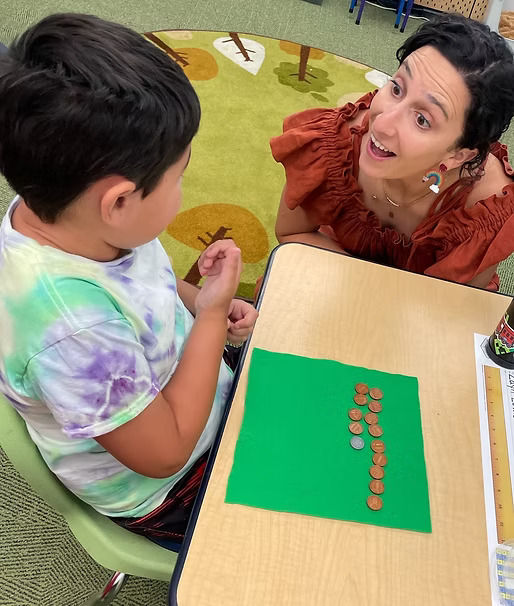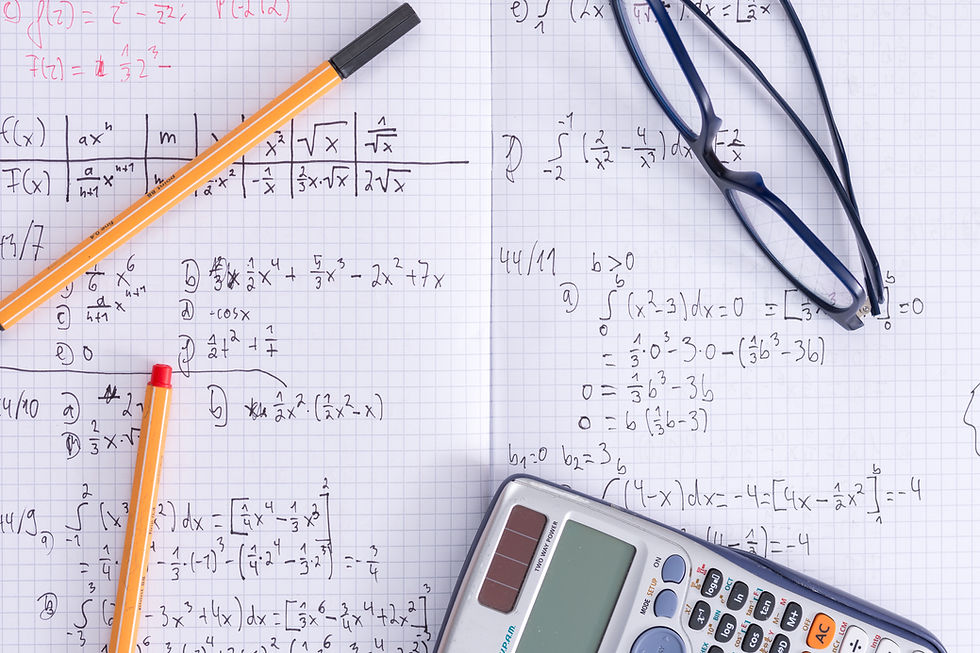Universal Design for Learning at The Lang School: A Foundation for Meeting the Needs of 2e Learners
- Mark Silberberg

- Nov 6
- 3 min read

At The Lang School, curriculum design begins with the understanding that there is no “average” brain. Each learner brings unique strengths, needs, and perspectives. For twice-exceptional (2e) students—those who demonstrate gifted potential alongside learning differences—this variability is not a challenge to overcome but a starting point for creating learning environments that are both accessible and rigorous. Universal Design for Learning (UDL), a framework developed by CAST, provides the foundation for this work.
What is UDL and Why It Matters for 2e Students
UDL is a research-based educational framework grounded in the science of human learning. Its goal is to design learning environments that reduce barriers and maximize access, engagement, and challenge for all learners. Instead of asking students to adapt to rigid systems, UDL shifts the responsibility to educators to build flexibility into the curriculum. This makes it especially relevant for 2e learners, whose asynchronous profiles often include advanced cognitive abilities paired with challenges in areas such as executive functioning, attention, or social-emotional regulation.

At its core, UDL emphasizes three guiding principles:
Multiple Means of Engagement (the “why” of learning): motivating students by honoring choice, fostering belonging, and connecting content to authentic interests.
Multiple Means of Representation (the “what” of learning): offering diverse pathways to access information through visual, auditory, kinesthetic, and multimodal approaches.
Multiple Means of Action & Expression (the “how” of learning): allowing students to demonstrate understanding in flexible, creative ways, while building executive functioning and self-regulation.
For 2e learners, these principles ensure that advanced abilities are not held back by challenges—and that challenges are not overlooked in light of advanced abilities.
UDL in Practice at Lang
In the Lower School, UDL shapes how teachers design lessons and learning experiences that combine structure with flexibility. While students are introduced to clear progressions in literacy, math, science, and social studies, teachers layer in UDL strategies such as offering choice in reading materials, incorporating multiple modes of instruction, and creating scaffolded opportunities for students to demonstrate their understanding. For example, when exploring a history concept, one student might choose to write an essay, another might design a comic, and a third might create a multimedia presentation—each option equally rigorous, but tailored to the student’s strengths and interests.

In the Upper School, UDL continues to guide instruction as coursework becomes more advanced and conceptually complex. Students engage with challenging ideas in literature, math, science, and history, while exercising autonomy in how they represent their learning. In a Global History seminar, for instance, one student might construct an annotated timeline of empire exchanges, while another might craft a dramatic monologue from the perspective of a historical figure. Both approaches deepen understanding, honor individual strengths, and reinforce the idea that there are many valid ways to engage with knowledge.
The Broader Impact: Agency and Executive Functioning
The UDL Guidelines emphasize learner agency as the ultimate goal—helping students become purposeful, reflective, strategic, and action-oriented. At Lang, this aligns closely with our mission: preparing 2e students not just to succeed academically, but to become self-directed learners who know how to advocate for themselves, regulate their learning, and pursue their passions.

Project-Based Learning, Homework design, and the WIN (What I Need) period are natural extensions of UDL at Lang. Each provides opportunities for students to practice planning, goal-setting, and reflection—skills essential for both executive functioning and future college readiness. For instance, in a PBL unit, students may select roles that draw on their strengths while also stretching areas of need, learning to collaborate effectively and manage long-term deadlines.
Why UDL is Essential for 2e Learners

For twice-exceptional students, traditional approaches often amplify barriers—giftedness may mask learning challenges, or challenges may overshadow advanced potential. UDL addresses this by ensuring that every curriculum decision reflects the reality of learner variability. It affirms the idea that challenge and access are not mutually exclusive, but interdependent.
As the Dutch thought leader Alexander den Heijer’ suggests, “When a flower doesn’t bloom, you fix the environment in which it grows, not the flower.” UDL is the philosophy and the practice that guides Lang in cultivating an environment where 2e learners thrive—where their talents are nurtured, their challenges supported, and their voices empowered.






Comments